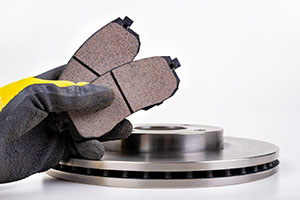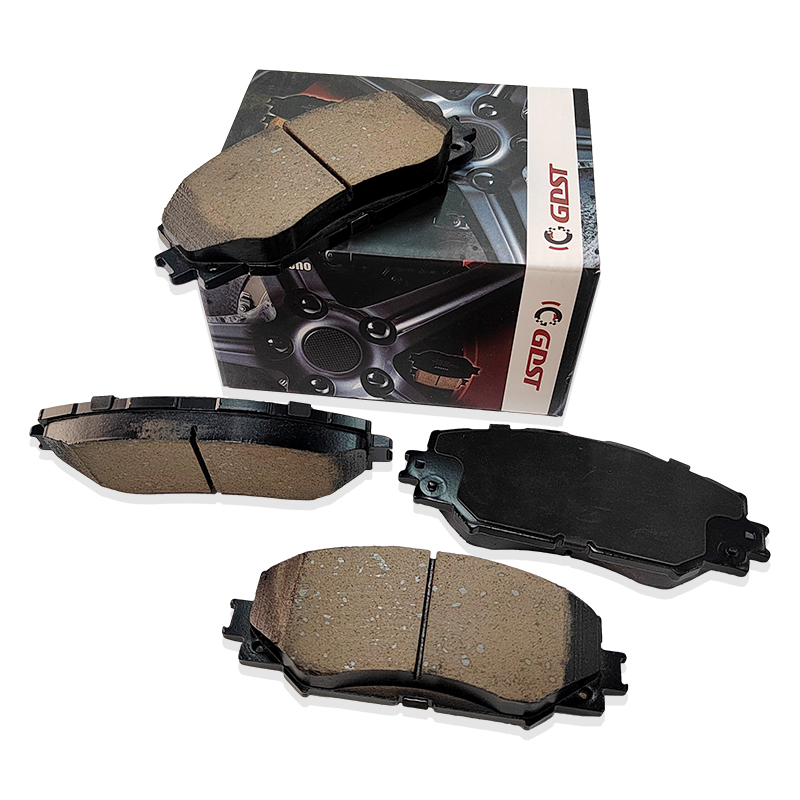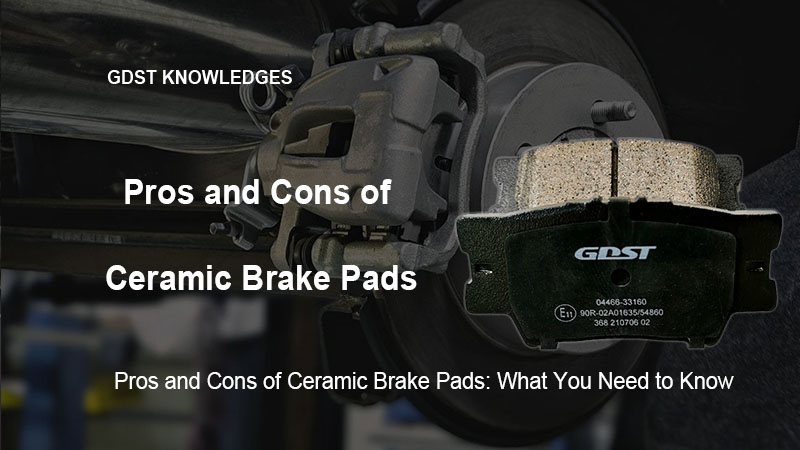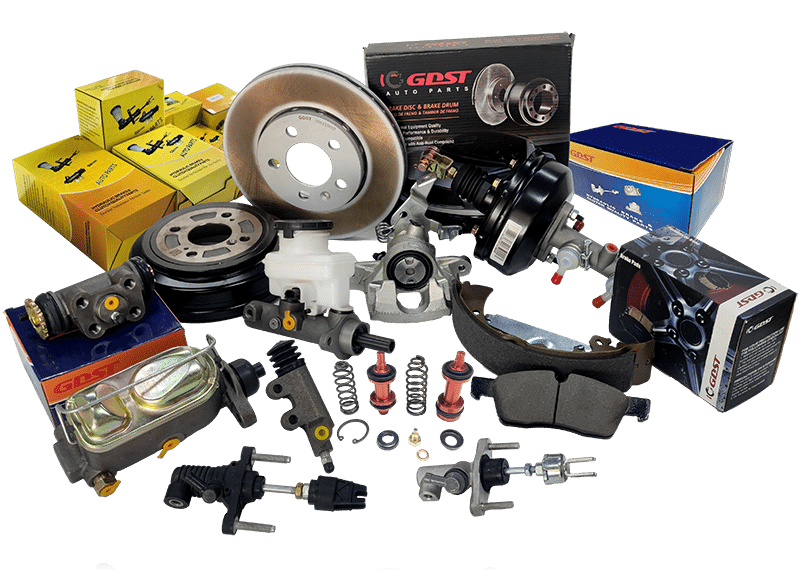When it comes to purchasing brake pads in bulk, making the right choice can save your business both time and money. Ceramic brake pads are increasingly popular among auto shops and fleet managers due to their durability and quiet performance.
But are they the best option? Let’s break down the pros and cons of ceramic brake pads so you can make an informed decision.
Ceramic brake pads offer several advantages, including quieter braking, less brake dust, and longer lifespan compared to other materials. However, they come at a higher price and may not perform optimally in extreme temperatures, which could affect durability under heavy loads or in colder climates.
Is It Worth It to Buy Ceramic Brake Pads?

Ceramic brake pads have gained a strong reputation for their quiet operation and minimal brake dust. But is this premium option worth it for large orders?
Quality and longevity are key concerns for businesses purchasing brake pads in bulk. Ceramic brake pads may cost more upfront, but their extended lifespan means fewer replacements.
Additionally, their quieter operation makes them a top choice for consumers who value comfort, especially in luxury or performance vehicles.
However, they might only sometimes be the best fit for some fleets, especially if operating in extreme weather conditions.
Do Ceramic Brake Pads Wear Rotors Faster?

One concern when using ceramic brake pads is potential rotor wear. While ceramic pads are easier on rotors than semi-metallic alternatives, there is a risk of excessive rotor wear if the rotors aren’t of high quality.
When both are high quality, the system works harmoniously. However, if lower-grade rotors are used, the cost savings on brake pads might be negated by the need for frequent rotor replacements.
What Are the Pros and Cons of Ceramic Brakes Pads?

Let’s dig a little deeper into the core pros and cons of ceramic brake pads to understand their performance more thoroughly:
Pros
- Quiet Operation: Ceramic pads produce minimal noise, even during heavy braking. This is especially beneficial in urban fleets where drivers often deal with stop-and-go traffic.
- Reduced Brake Dust: Ceramic pads generate less dust, helping to keep wheels cleaner and reducing the wear on other brake components.
- Durability: Ceramic pads last longer than organic or semi-metallic alternatives, making them a solid investment for long-term use.
Cons
- Higher Cost: Ceramic pads are typically more expensive, which can be a concern for businesses ordering in bulk.
- Not Ideal for Extreme Temperatures: In extreme cold, ceramic pads may become less effective, which is something to consider if you operate in colder climates.
- Heavier Loads: For trucks or vehicles carrying heavy loads, ceramic brake pads may not perform as well as semi-metallic ones.
How Much Do Ceramic Brake Pads Cost?

Ceramic brake pads tend to be on the higher end of the price range, especially when compared to organic or semi-metallic brake pads. For bulk buyers, prices can range from $3 to $7 per set depending on the brand, vehicle type, and supplier.
That said, bulk buyers often receive significant discounts. When purchasing in bulk, you should always compare pricing between suppliers to get the best deal, while ensuring you’re not sacrificing quality for price.
Best Ceramic Brake Pads for Bulk Buyers

When purchasing brake pads in bulk, some brands consistently stand out for offering high-quality ceramic pads that balance performance and price. Brands like GDST, Brembo, and Akebono are well-regarded for their durable and effective ceramic brake pads.



